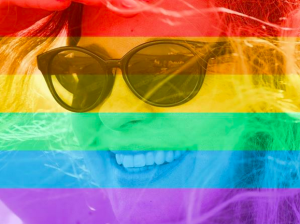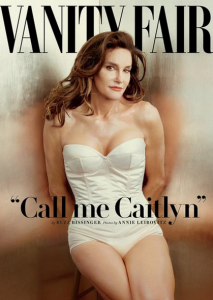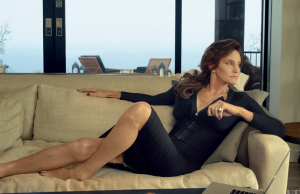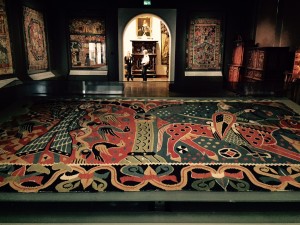Let me not to the marriage of true minds
Admit impediments. Love is not love
Which alters when it alteration finds,
Or bends with the remover to remove:
O no; it is an ever-fixed mark,
That looks on tempests, and is never shaken;
It is the star to every wandering bark,
Whose worth’s unknown, although his height be taken.
—from Sonnet 116 by William Shakespeare
All year long, I’ve anxiously and hopefully awaited the Supreme Court’s decision on the question of marriage equality, wondering every day for months whether they would do the just and proper thing by all LGBTQ citizens of the United States at last. This week, as the nation awaited the decision with bated breath, I hoped that the answer would come on Friday, June 26, since that was my late mother’s birthday, and I could think of no greater honor to her memory than to have a landmark civil rights decision giving millions of people financial, emotional, legal and medical protection be announced on her natal day. On Friday, my dream came true.
I’m a straight woman who has already been afforded all the benefits of legal marriage more than once. I have never had to worry that a partner would be excluded from my hospital room, disallowed from taking custody of our child in an emergency, denied inheritance rights or social security or medical benefits, or publicly humiliated, shunned and mocked for calling himself my partner without benefit of marriage. I have lived a privileged life because I happened to be born with the prevailing sexual orientation during a time and in a place in which I could choose my partner of my own volition without being abused, threatened or punished for my orientation or my choices. But while I am heterosexual, I also cherish a number of gay, lesbian, bisexual and trans friends and family members, and my life would be pale and hollow without them. Since childhood, many, at times most, of my nearest and dearest have been and continue to be homosexual or bisexual men and women. They always will be. To watch them be denied basic honor, dignity, respect and rights because of their orientation has sickened and disturbed me since I was a girl, and I have been a devoted ally to my darling LGBTQ loved ones (and to all the millions of LGBTQ strangers out there) for decades.
I cried with joy and relief early on Friday morning when I read the news minutes after the decision was announced, and I look forward to shedding more tears of joy at the weddings and anniversaries of my friends for decades to come. The world is so much brighter, fairer and more hopeful each time we extend justice and equality to those who have been denied it. We are so lucky to be alive to witness this beautiful day.






